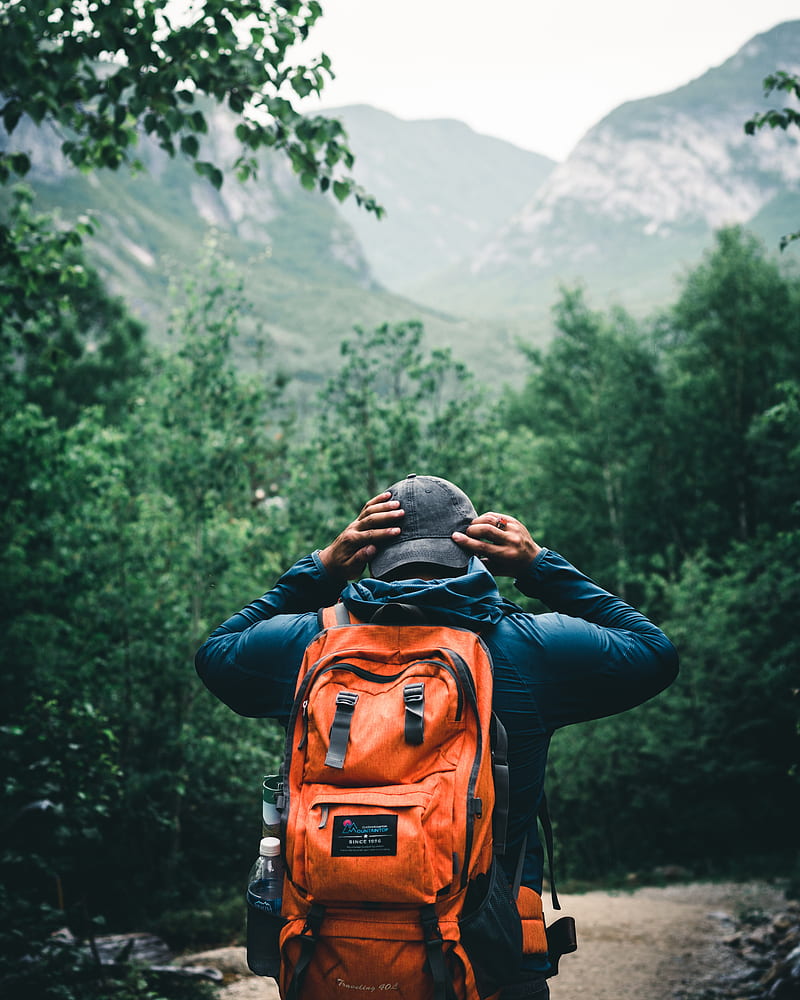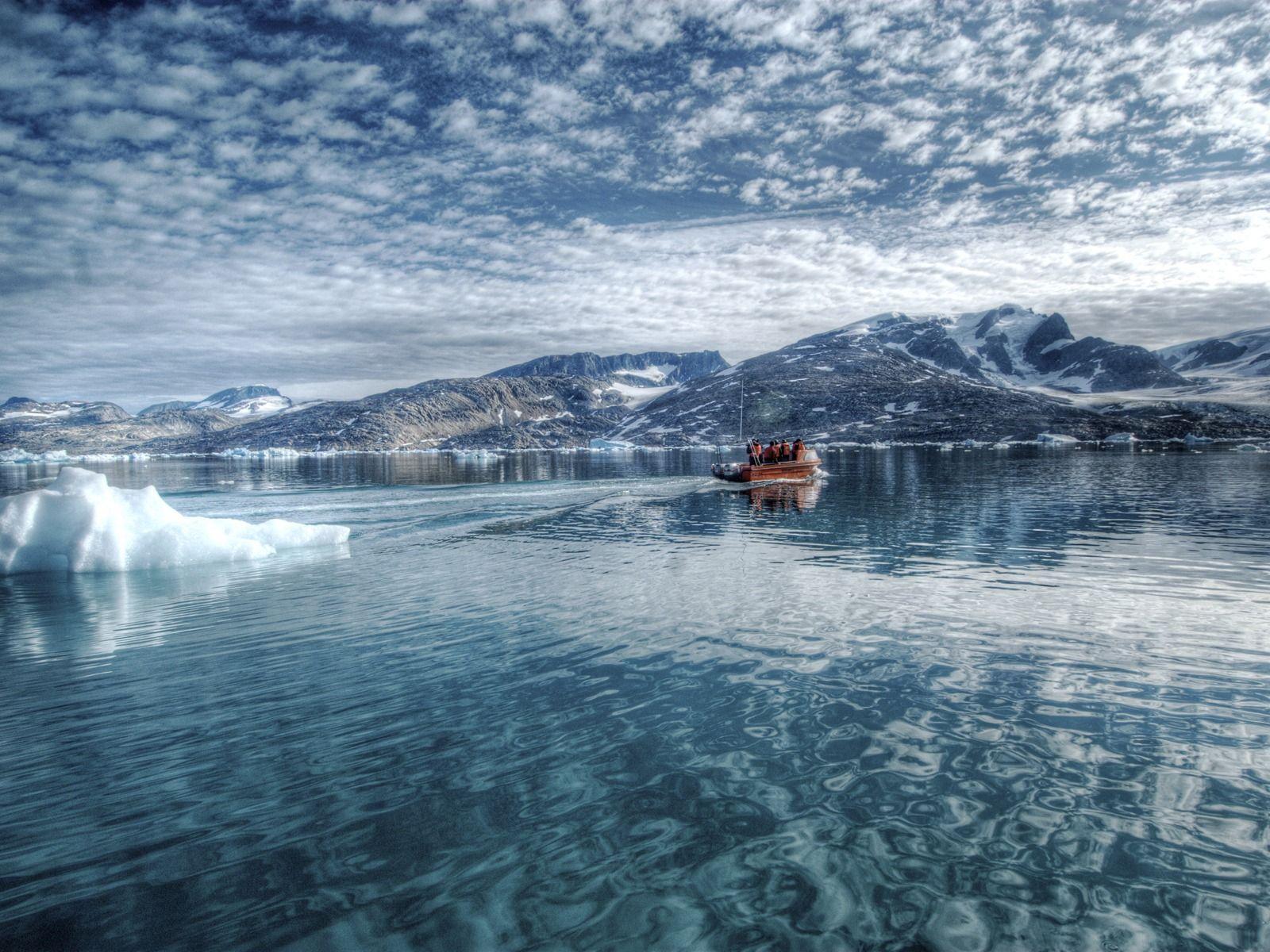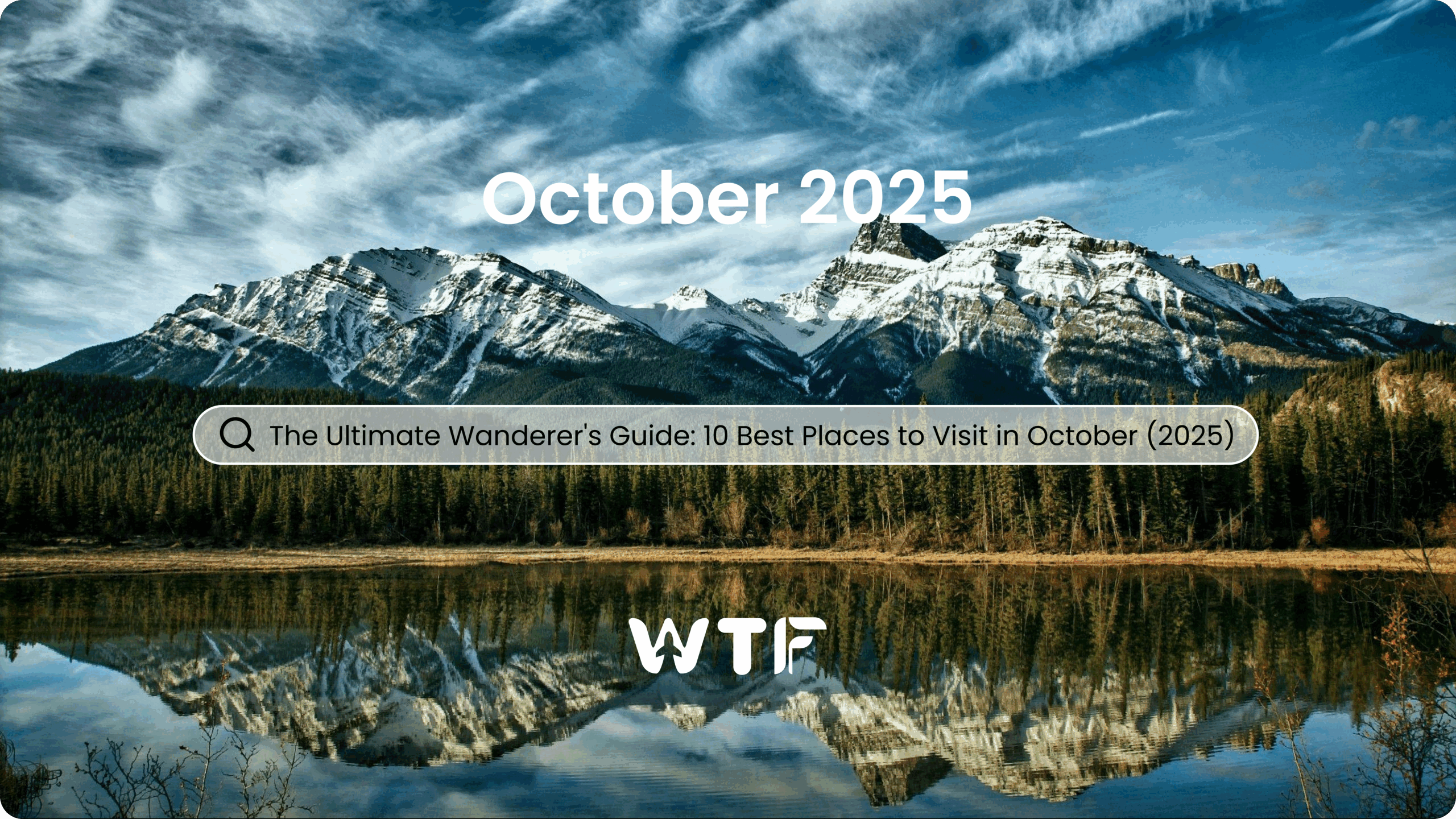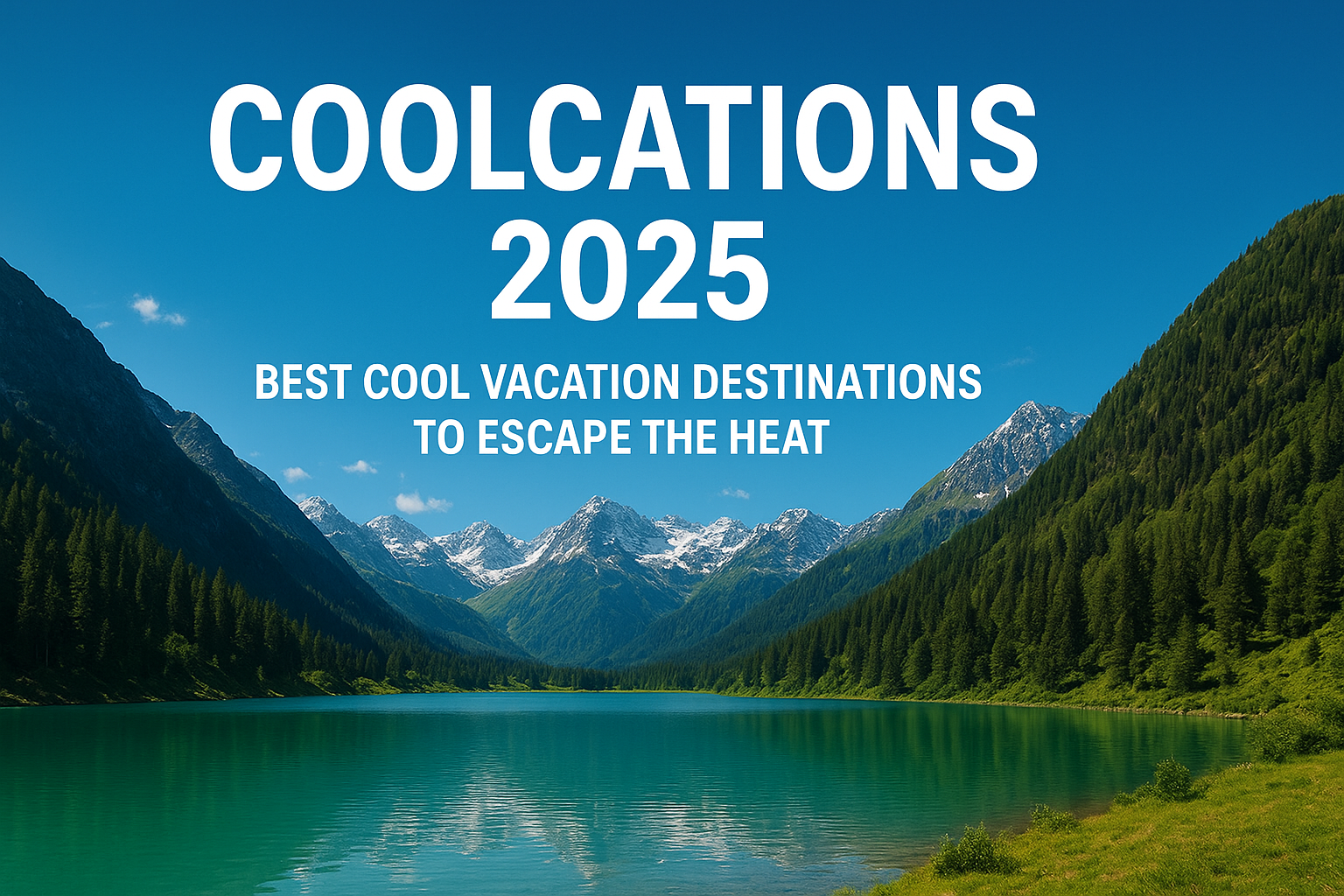Hey fellow travelers, Jasper here, your virtual guide to the Arctic enchantment that is Greenland. Let me whisk you away on a personal journey through this icy haven that captured my heart. From the shimmering auroras painting the night sky to the warmth of Greenlandic hospitality, each moment felt like a chapter in a story I couldn’t wait to share. Join me on WanderingTooFar.com as we unravel the secrets of Greenland, exploring its untouched landscapes, immersing ourselves in rich traditions, and embarking on adventures that redefine the meaning of wanderlust. This isn’t just a travel blog; it’s a shared exploration of a place that goes beyond the map. So, are you ready to dive into the Arctic dreamscape with me?
Geographical and Historical Details:
Geographical Information:
- Location: Greenland is situated in the North Atlantic Ocean, northeast of Canada. It is bordered by the Arctic Ocean to the north, the Greenland Sea to the east, the Atlantic Ocean to the southeast, and Baffin Bay to the west. The island is strategically positioned within the Arctic Circle.
- Terrain: Greenland’s terrain is diverse and characterized by extremes. The most prominent feature is the Greenland Ice Sheet, covering about 80% of the island. This massive ice sheet has deep fjords and glaciers carving through it. The coastal areas feature rugged mountains, while the interior is dominated by ice-covered plateaus. The combination of ice, fjords, and mountains creates a breathtaking but challenging landscape.
- Climate: Greenland experiences an Arctic climate with cold temperatures throughout the year. Coastal areas have milder temperatures than the interior. Summers are short, with temperatures ranging from 0 to 10 degrees Celsius (32 to 50 degrees Fahrenheit), while winters can be harsh, plummeting well below freezing. The climate is influenced by the Arctic Ocean, and the presence of ice affects local weather patterns.
Historical Information:
- Periodic History: Greenland’s history spans thousands of years, beginning with the arrival of Paleo-Eskimo and Inuit peoples around 2500 BC. These indigenous populations thrived in the challenging Arctic environment. In the 10th century, Norse settlers established colonies, marking a unique period of coexistence between Norse and Inuit cultures. However, by the 15th century, the Norse settlements vanished, possibly due to climatic changes and economic challenges.
- Medieval History: The medieval history of Greenland is marked by the Norse settlements, including the famous Western Settlement and Eastern Settlement. These Norse colonies were established in the 10th century and thrived for several centuries, engaging in trade with Europe. The Greenlanders faced challenges such as the Little Ice Age, changing trade routes, and isolation, leading to the decline of the Norse presence by the 15th century.
- Modern History: Greenland became a Danish colony in the 18th century. Over time, the island’s inhabitants gained more autonomy, and in 1979, Greenland became an autonomous territory within the Kingdom of Denmark. In recent decades, discussions about full independence have arisen, reflecting the evolving relationship between Greenland and Denmark. Modern history also includes the island’s strategic significance during World War II and the Cold War.
Exploring the Must-Visit Tourist Destinations in Greenland
1. Ilulissat Icefjord
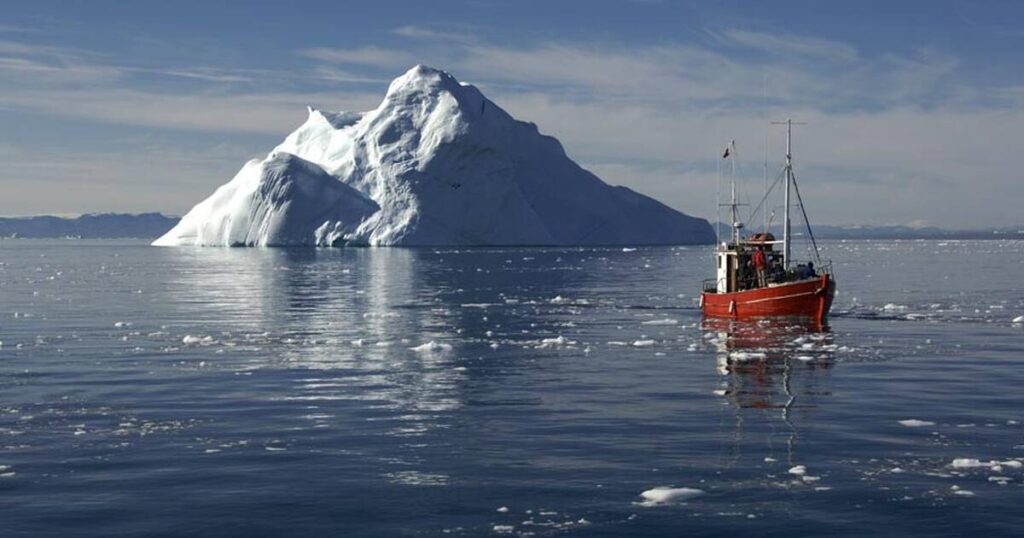
Ilulissat Icefjord, situated on the west coast of Greenland, is a mesmerizing natural wonder. The Sermeq Kujalleq glacier, one of the most productive in the world, constantly calves massive icebergs into the fjord. The town of Ilulissat, with its brightly colored houses, provides a striking contrast against the icy backdrop.
How to Get There from Denmark
From Denmark take a flight to Kangerlussuaq International Airport. Then, connect to a domestic flight to Ilulissat Airport. Alternatively, you can take a combination of flights and ferries, traveling through Denmark.
Other Transportation:
Locally, explore on foot, rent a bike, or experience the traditional Inuit way by dog sledding or taking boat tours to navigate among the icebergs.
Transportation Cost:
- Public Transport: Flights can vary, typically ranging from $500 to $700 USD. Local transport is affordable.
- Private Transport: Private flights may range from $2,000 to $3,000 USD. Local transportation costs are additional.
Must-Do Activities:
- Witness the midnight sun or northern lights.
- Take a boat tour to navigate among the icebergs.
- Explore the vibrant local culture in Ilulissat.
Entrance Fee:
There is no specific entrance fee for Ilulissat Icefjord.
2. Nuuk – Greenland’s Capital
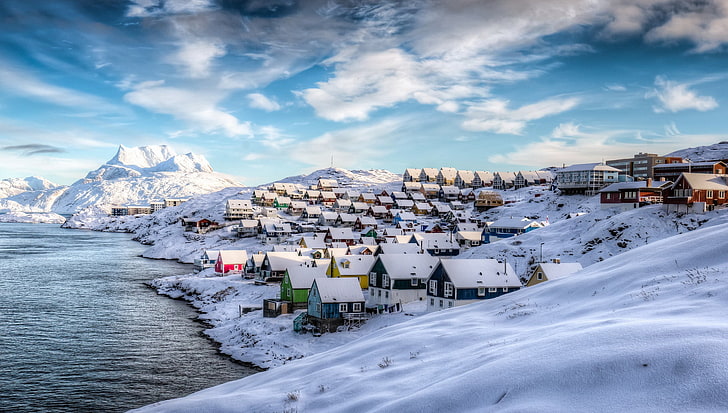
Nuuk, the capital of Greenland, is a blend of modernity and tradition. The city offers a range of attractions, from the National Museum to the colorful Old Harbor. The iconic Sermitsiaq mountain provides a stunning backdrop.
How to Get There from Denmark:
From Denmark, fly to Kangerlussuaq International Airport. Then, take a domestic flight to Nuuk Airport.
Other Transportation:
In Nuuk, explore on foot, use taxis, or utilize the local bus service.
Transportation Cost:
- Public Transport: Flights can range from $500 to $700 USD. Local transport in Nuuk is affordable.
- Private Transport: Private flights may cost $2,000 to $3,000 USD, excluding local transportation.
Must-Do Activities:
- Visit the National Museum to learn about Greenlandic history.
- Hike to the top of Lille Malene for panoramic views.
- Explore local art galleries showcasing Inuit art.
Entrance Fee:
Some attractions may have a nominal entrance fee, typically ranging from $5 to $20 USD.
3. Disko Island (Qeqertarsuaq)
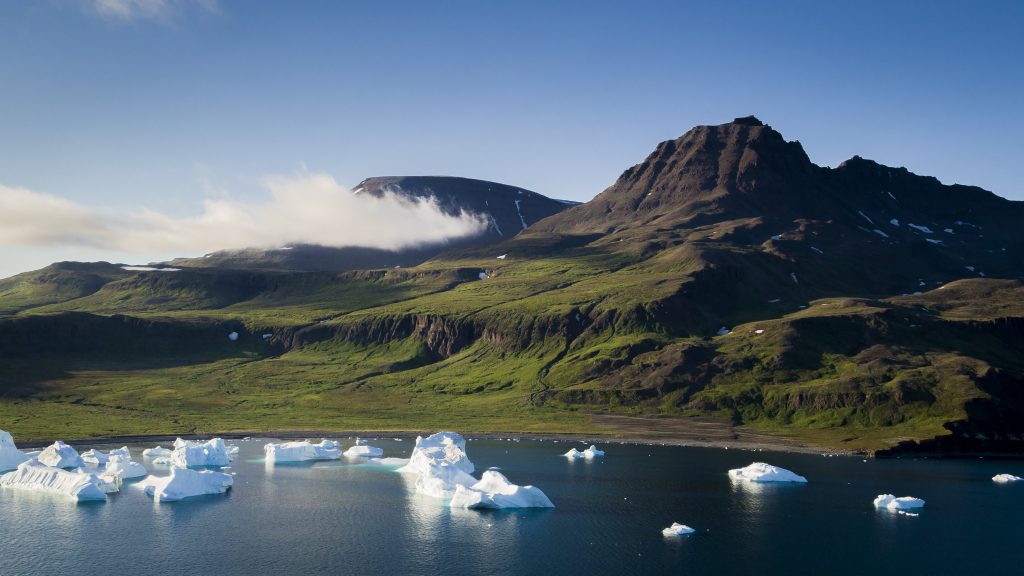
Disko Island, near Ilulissat, is known for its unique basalt formations, hot springs, and the charming town of Qeqertarsuaq. The island provides a unique blend of Arctic beauty and geothermal warmth.
How to Get There from Denmark:
From Denmark, fly to Kangerlussuaq International Airport. Take a domestic flight to Ilulissat and then a ferry to Qeqertarsuaq.
Other Transportation:
Locally, explore by walking, biking, or even renting a dog sled for short distances.
Transportation Cost:
- Public Transport: Flights and ferry costs can sum up to $800-$1,000 USD. Local transport on the island is economical.
- Private Transport: Private flights and charters can range from $2,500 to $4,000 USD, excluding local transport.
Must-Do Activities:
- Explore the unique basalt formations.
- Take a dip in the hot springs.
- Engage in whale watching in the surrounding waters.
Entrance Fee:
There is no specific entrance fee for Disko Island.
4. Eqip Sermia Glacier Camp
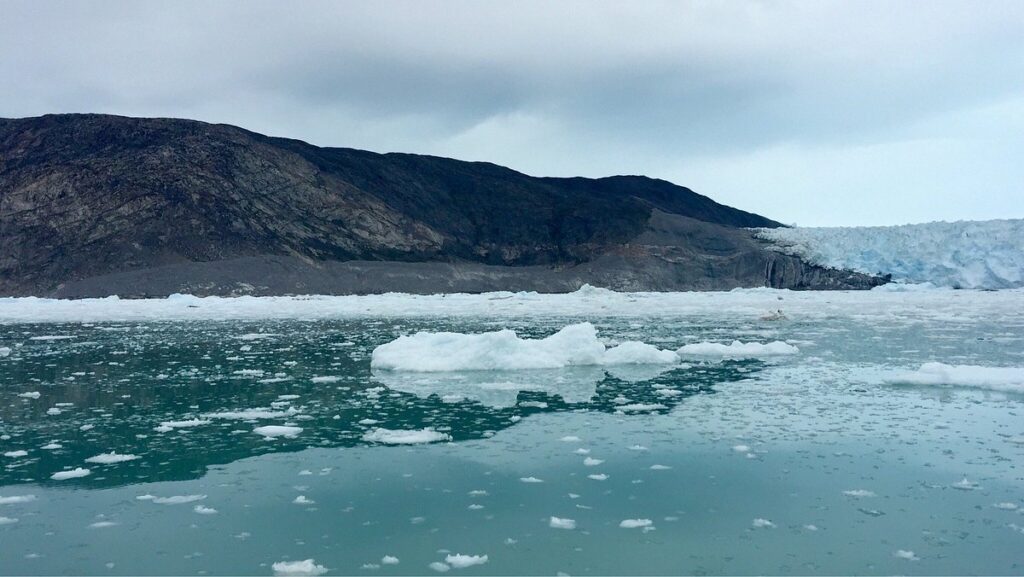
The Eqip Sermia Glacier Camp offers a unique Arctic experience. Stay in cabins with panoramic views of the glacier, and witness the magic of calving icebergs in a serene environment.
How to Get There from Denmark:
From Denmark, fly to Ilulissat. Then, take a boat transfer to the Eqip Sermia Glacier Camp.
Other Transportation:
Locally, transportation includes guided glacier hikes and boat trips to explore the surroundings.
Transportation Cost:
- Public Transport: Flights to Ilulissat can cost $500-$700 USD. Boat transfers to the camp vary but expect around $200-$300 USD.
- Private Transport: Private flights may range from $2,000 to $3,000 USD, and additional costs for boat transfers.
Must-Do Activities:
- Take a guided glacier hike.
- Enjoy the tranquility of the Arctic environment.
- Savor local cuisine at the camp.
Entrance Fee:
Accommodation costs apply, but there’s no specific entrance fee.
5. Uummannaq – Heart-Shaped Mountain
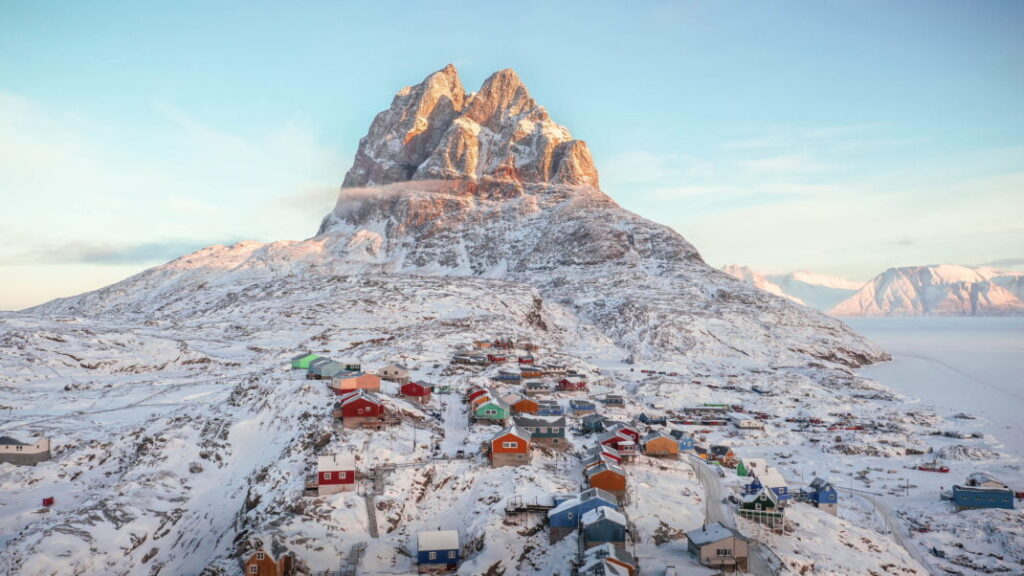
Uummannaq, with its heart-shaped mountain, is a picturesque destination. Explore the town, visit the museum, and sail among the icebergs in the nearby bay.
How to Get There from Denmark:
From Denmark fly to Ilulissat. Then, take a domestic flight to Uummannaq Airport.
Other Transportation:
Within Uummannaq, explore on foot or use local boats for short journeys.
Transportation Cost:
- Public Transport: Flights can range from $500 to $700 USD. Local transport costs are minimal.
- Private Transport: Private flights may cost $2,000 to $3,000 USD, excluding local transportation.
Must-Do Activities:
- Hike to the heart-shaped mountain.
- Visit the local museum.
- Take a boat tour around the island to witness the icebergs.
Entrance Fee:
Some attractions may have a nominal entrance fee, typically ranging from $5 to $20 USD.
Greenland’s Hidden Treasures: 5 Exclusive Local Gems Off the Beaten Path
1. Upernavik Archipelago – Arctic Oasis
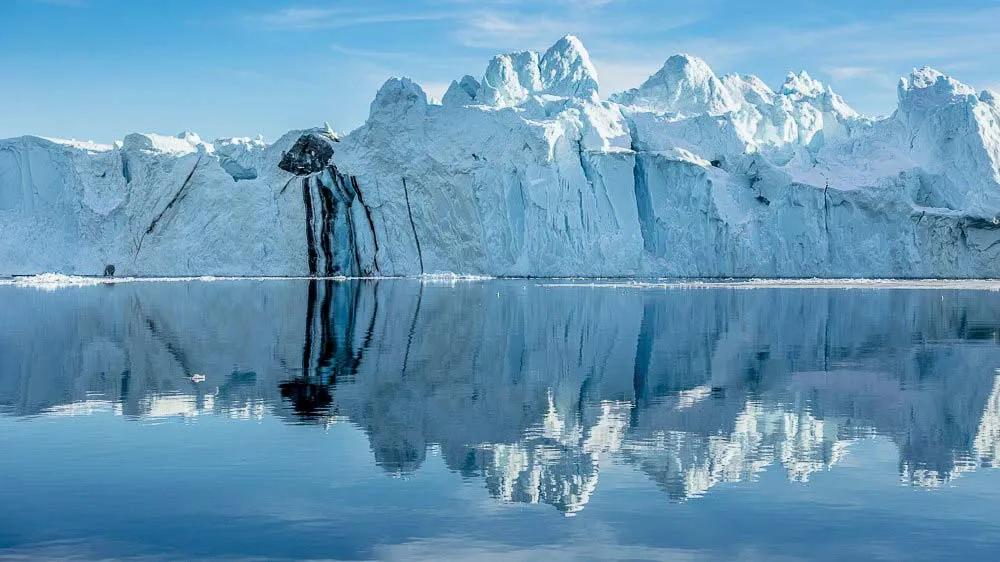
The Upernavik Archipelago is an Arctic gem tucked away in Northwest Greenland, known for its labyrinth of small islands, breathtaking icebergs, and traditional Inuit settlements. The archipelago offers a serene escape into a world where time seems to stand still.
How to Get There from Nuuk (Greenland’s Capital):
From Nuuk, take a domestic flight to Upernavik Airport. Local boats or ferries connect the islands within the archipelago.
Other Transportation:
Locally, explore by using traditional kayaks or small boats for short inter-island journeys.
Transportation Cost:
- Public Transport: Flights to Upernavik can range from $800 to $1,200 USD. Local boat transfers may cost around $50-$100 USD.
- Private Transport: Charter flights and private boat transfers can range from $2,500 to $4,000 USD.
Must-Do Activities:
- Explore the traditional Inuit settlements.
- Kayak through ice-filled fjords.
- Witness the midnight sun in the summer months.
Entrance Fee:
There is no specific entrance fee for the Upernavik Archipelago.
2. Nanortalik – Southernmost Town of Greenland
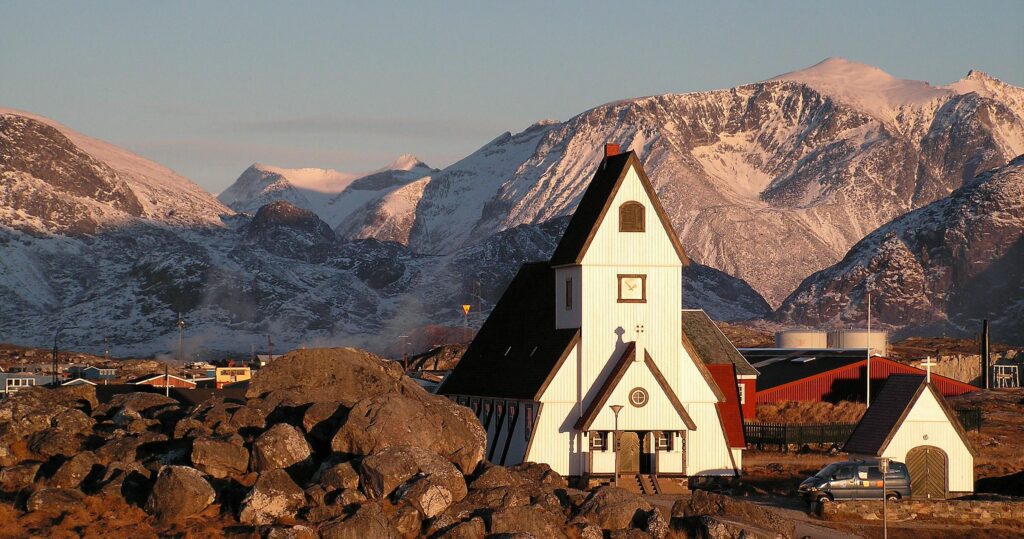
Nanortalik, nestled in South Greenland, is the southernmost town in the country, surrounded by towering mountains and deep fjords. Its unique charm lies in its colorful houses, rich history, and proximity to pristine Arctic landscapes.
How to Get There from Nuuk (Greenland’s Capital):
Take a domestic flight from Nuuk to Nanortalik Airport. Local boats or ferries are available for travel between nearby settlements.
Other Transportation:
Locally, explore on foot or rent a bike to navigate the town and its surrounding nature.
Transportation Cost:
- Public Transport: Flights to Nanortalik can range from $700 to $1,000 USD. Local boat transfers may cost around $20-$50 USD.
- Private Transport: Charter flights and private boat transfers can range from $2,000 to $3,500 USD.
Must-Do Activities:
- Visit the local museum to learn about Inuit culture.
- Hike to viewpoints for panoramic views of the fjords.
- Take a boat tour to explore nearby islands.
Entrance Fee:
Some attractions may have a nominal entrance fee, typically ranging from $5 to $15 USD.
3. Ittoqqortoormiit – Remote East Greenland Settlement
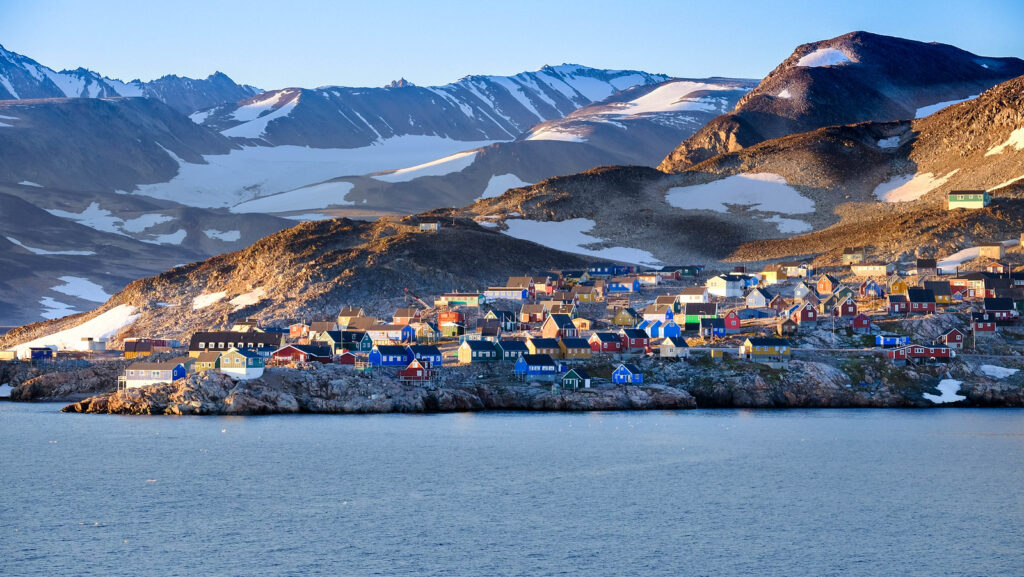
Ittoqqortoormiit, located in Northeast Greenland, is one of the most remote settlements on the planet. Surrounded by rugged landscapes, this isolated town offers a glimpse into traditional Greenlandic life and Arctic wilderness.
How to Get There from Nuuk (Greenland’s Capital):
Take a domestic flight from Nuuk to Constable Point Airport. From there, local helicopters or boats connect to Ittoqqortoormiit.
Other Transportation:
Locally, explore on foot or use dog sleds for short distances.
Transportation Cost:
- Public Transport: Flights to Constable Point can range from $800 to $1,200 USD. Local helicopter or boat transfers may add $50-$100 USD.
- Private Transport: Charter flights and private transfers can range from $3,000 to $5,000 USD.
Must-Do Activities:
- Experience dog sledding with local guides.
- Explore the nearby national park.
- Engage with the Inuit community to learn about their way of life.
Entrance Fee:
There is no specific entrance fee for Ittoqqortoormiit.
4. Sisimiut Backcountry – Wilderness Retreat
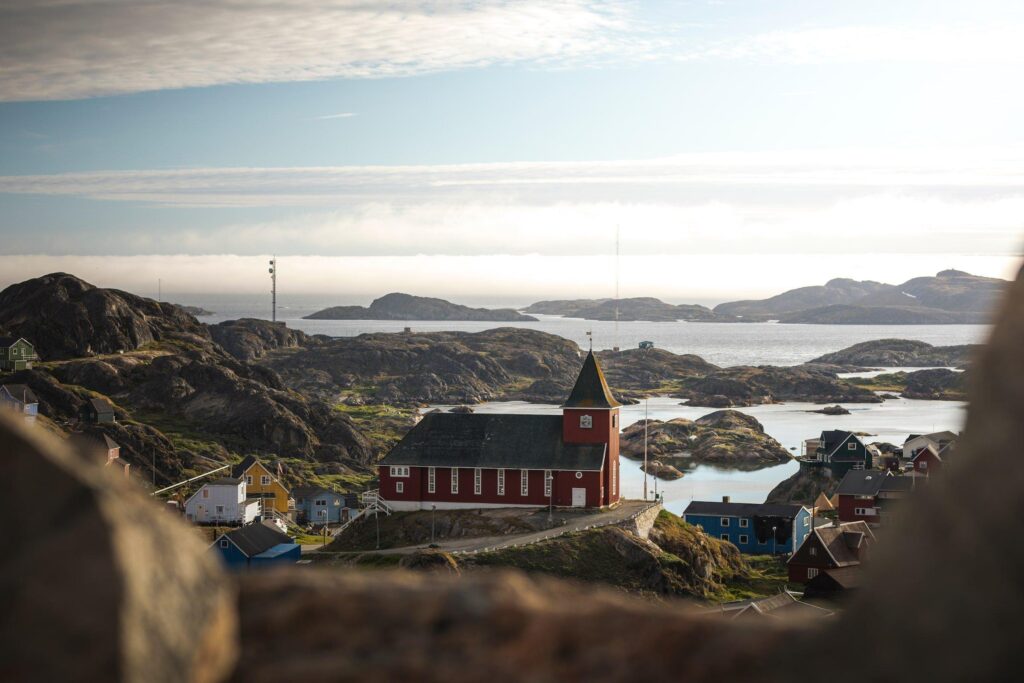
Sisimiut, the second-largest town in Greenland, is a gateway to a vast and unexplored backcountry. Venture into the wilderness surrounding Sisimiut for a true Arctic retreat, offering solitude and stunning landscapes.
How to Get There from Nuuk (Greenland’s Capital):
Take a domestic flight from Nuuk to Sisimiut Airport. Local hiking trails or dog sleds provide access to the backcountry.
Other Transportation:
Locally, explore by hiking, skiing, or using dog sleds for transportation within the wilderness.
Transportation Cost:
- Public Transport: Flights to Sisimiut can range from $500 to $800 USD. Local transportation within the backcountry is minimal.
- Private Transport: Charter flights and private transfers can range from $2,500 to $4,000 USD.
Must-Do Activities:
- Hike or ski through pristine Arctic landscapes.
- Camp under the Northern Lights.
- Connect with local guides for authentic wilderness experiences.
Entrance Fee:
There is no specific entrance fee for the Sisimiut Backcountry.
5. Qasigiannguit – Whaling Heritage and Scenic Views
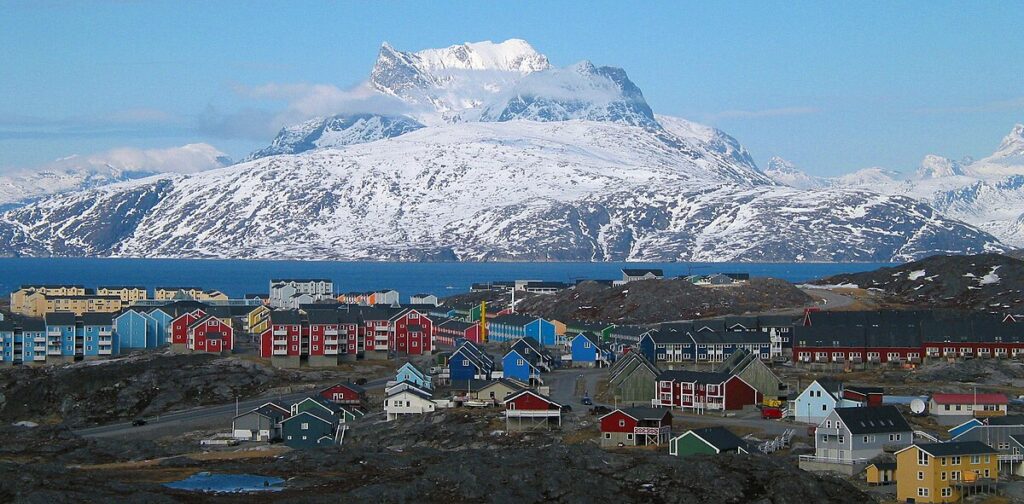
Qasigiannguit, located on Disko Island, is a hidden gem known for its rich whaling heritage, colorful houses, and stunning coastal views. It offers a glimpse into Greenland’s maritime history and natural beauty.
How to Get There from Nuuk (Greenland’s Capital):
Take a domestic flight from Nuuk to Qasigiannguit Airport. Local boats or ferries connect to nearby towns and attractions.
Other Transportation:
Locally, explore on foot or use local boats for short journeys along the coastline.
Transportation Cost:
- Public Transport: Flights to Qasigiannguit can range from $600 to $900 USD. Local boat transfers may cost around $30-$50 USD.
- Private Transport: Charter flights and private boat transfers can range from $2,000 to $3,500 USD.
Must-Do Activities:
- Visit the local whaling museum.
- Hike to viewpoints for panoramic coastal views.
- Take a boat tour to explore nearby fjords.
Entrance Fee:
Some attractions may have a nominal entrance fee, typically ranging from $5 to $15 USD.
Arctic Illumination: Chasing the Dance of the Northern Lights in Greenland’s Pristine Skies
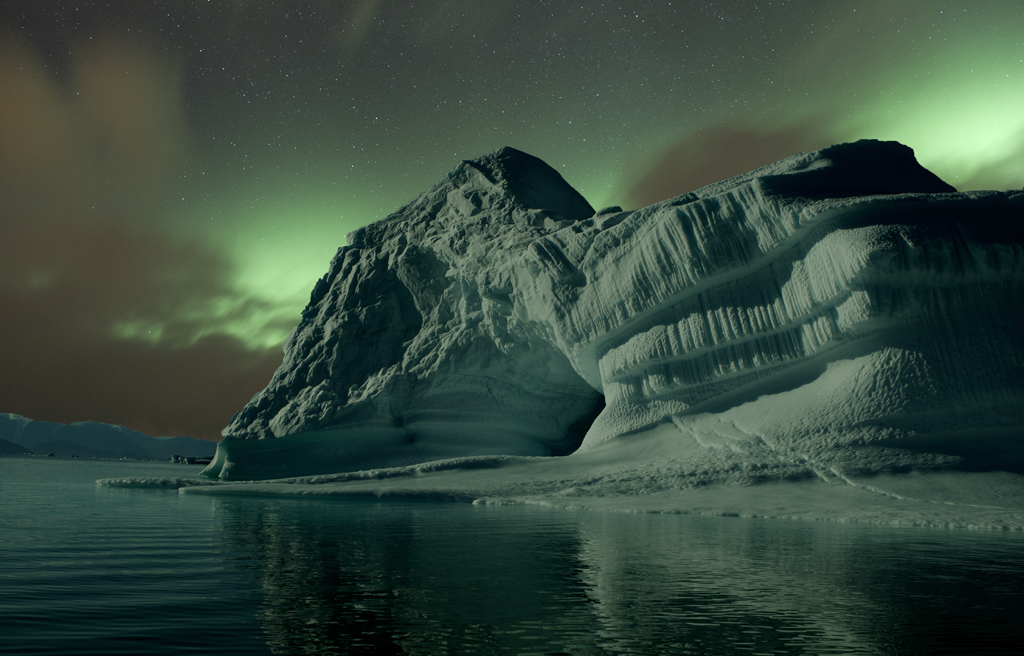
1. Best Locations for Northern Lights in Greenland:
- Ilulissat: Positioned above the Arctic Circle, Ilulissat offers excellent opportunities to witness the Northern Lights against the backdrop of icebergs. The pristine Arctic surroundings enhance the aurora-viewing experience.
- Kangerlussuaq: Known for its clear skies and minimal light pollution, Kangerlussuaq provides a favorable setting for Northern Lights enthusiasts. The surrounding tundra and wilderness contribute to the magical ambiance.
- Tasiilaq: In East Greenland, Tasiilaq offers a unique combination of coastal beauty and a high probability of Northern Lights sightings. The town’s elevation and geographic location enhance the visibility of the auroras.
2. Season and Time for Seeing the Best View of Northern Lights:
- The best time to witness the Northern Lights in Greenland is during the winter months, from September to April.
- The peak season is from late October to early March when the nights are longest and the skies are darkest.
- The optimal viewing time is typically between 9:00 PM and 2:00 AM when the sky is darkest.
3. How to Get to Those Locations:
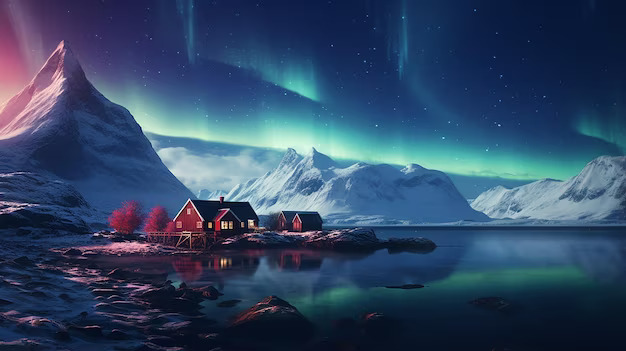
- Ilulissat: Fly from Nuuk or Kangerlussuaq to Ilulissat Airport. Domestic airlines like Air Greenland operate regular flights.
- Kangerlussuaq: Direct flights are available from Copenhagen to Kangerlussuaq. From Nuuk or Ilulissat, take a domestic flight.
- Tasiilaq: Reach Kulusuk Airport in East Greenland via flights from Reykjavik, Iceland. From Kulusuk, take a helicopter or boat to Tasiilaq.
4. Package Tours and Their Costs:
- Arctic Adventure (Ilulissat): A 4-day Northern Lights package may cost around $2,500 to $3,500 USD. This includes accommodation, guided Northern Lights tours, and some meals.
- Aurora Borealis Tours (Kangerlussuaq): A 5-day package might range from $2,000 to $3,000 USD. It typically covers accommodation, guided tours, and airport transfers.
- East Greenland Northern Lights Expedition (Tasiilaq): A 7-day expedition can cost between $3,500 to $5,000 USD. This includes accommodation, meals, guided tours, and transportation within East Greenland.
Transport: How to get there and roam around?
Welcome to the Arctic wonderland of Greenland, where transportation is as diverse as its stunning landscapes. Whether you’re a budget backpacker seeking adventure or a traveler immersing yourself in local life, getting around Greenland offers a unique experience. Let’s explore the ins and outs of transportation, from arriving in the country to everyday modes of travel.
Getting to Greenland: Best Routes and Modes of Transport
1. Arriving in Greenland:
- Best Route: Most international travelers reach Greenland via flights from major European cities, with Copenhagen being a common hub. Air Greenland operates regular flights from Copenhagen to Nuuk, Ilulissat, and other airports.
- Mode of Transport: International flights are the primary means of getting to Greenland. Domestic flights or ferry services connect major towns and settlements.
2. Costs for Travellers:
- Flight Costs: Prices vary based on the departure city, season, and how early you book. Flights from Copenhagen to Nuuk can range from $800 to $1,200 USD.
- Domestic Flights: Domestic flights within Greenland can vary. A flight from Nuuk to Ilulissat may cost around $500 to $700 USD.
Modes of Transport and Passes for Travellers
1. Public Transport:
- Buses: Local buses operate in towns like Nuuk and Ilulissat, providing an affordable option for short distances.
- Boats and Ferries: Coastal towns are connected by boat services. For example, taking a ferry from Nuuk to Qaqortoq may cost around $50 to $80 USD.
2. Car Rentals:
- Costs: Renting a car can be expensive due to limited infrastructure. Daily rates may start at $100 to $150 USD.
- Quality: Roads are limited, and some areas may only be accessible by 4×4 vehicles. Renting a car offers flexibility but comes with challenges like road conditions and fuel availability.
3. Domestic Flights:
- Greenland Pass: Air Greenland offers the Greenland Pass, allowing travelers to explore multiple destinations at a discounted rate. Prices vary based on the number of flight segments.
Costs for Greenlanders and Tourists
1. Public Transport:
- Greenlanders: Local residents may benefit from subsidized public transport, making it an affordable and common choice for everyday commuting.
- Tourists: Public transport costs for tourists are generally reasonable, with buses and boats offering budget-friendly options.
2. Domestic Flights:
- Greenlanders: Residents may have access to discounted rates on domestic flights.
- Tourists: Tourist rates for domestic flights can be higher but are essential for reaching remote destinations.
Quality of Travel in Each Transportation Mode
1. Public Transport:
- Quality: Buses and boats are functional and provide a unique experience, allowing travelers to enjoy the scenic beauty of Greenland. However, services may be limited in some areas.
2. Domestic Flights:
- Quality: Air Greenland maintains high safety standards, and flights offer panoramic views of Greenland’s landscapes. However, weather conditions can affect flight schedules.
3. Car Rentals:
- Quality: Cars provide flexibility, but road conditions may be challenging. Travelers should be prepared for gravel roads and limited facilities.
Difficulties Using Greenland Transportation System
1. Weather Challenges:
- Greenland’s harsh weather conditions, especially in winter, can lead to flight cancellations or delays. Travelers should be flexible with their plans.
2. Limited Infrastructure:
- Infrastructure in Greenland is limited compared to other countries. Remote areas may have fewer transport options.
3. High Costs:
- Transportation costs, especially for domestic flights and car rentals, can be high. Budget travelers need to plan accordingly.
Exploring Greenland on a Budget:- Travel Guide
1. Visa Process and Restrictions:
- Visa Requirement: Greenland is an autonomous territory within the Kingdom of Denmark. If you plan to visit Greenland, you generally won’t need a separate visa if you hold a Schengen visa or are a national of a Schengen country.
- American Tourists: Americans can typically stay in Greenland for up to 90 days without a visa. However, it’s crucial to check the latest regulations and ensure your passport has at least six months of validity beyond your intended departure date.
2. Things We Shouldn’t Do When We Go There:
- Respect Local Customs: Avoid disturbing wildlife and respect local customs. Do not approach animals too closely, and always ask before taking photographs of locals.
- Environmental Responsibility: Do not litter or damage the fragile Arctic environment. Follow Leave No Trace principles and minimize your ecological footprint.
- Cultural Sensitivity: Be mindful of the Inuit culture. Ask for permission before entering private property, and respect local traditions and beliefs.
3. Currency and Tips to Save Money:
- Currency: The currency used in Greenland is the Danish Krone (DKK). Credit cards are widely accepted, but it’s advisable to carry some cash for smaller establishments.
- Tips to Save Money:
- Opt for local transportation, like buses and boats, to explore towns and nearby areas.
- Self-catering is a budget-friendly option; visit local markets for fresh produce.
- Consider buying a Greenland Pass for domestic flights to save on transportation costs.
4. Budget Accommodations and Locations to Stay On Budget:
- Budget Accommodations: Hostels, guesthouses, and budget hotels are available in major towns like Nuuk, Ilulissat, and Sisimiut. Consider options like hostel dormitories, guesthouses, or Airbnb for affordable stays.
- Locations to Stay On Budget:
- In Nuuk: Look for accommodations in the Qinngorput neighborhood.
- In Ilulissat: Consider guesthouses in the residential areas for a more budget-friendly stay.
- In Sisimiut: Explore accommodations near the harbor for affordable options.
5. Local SIM Provider and Best Plan for Tourists:
- Local SIM Provider: Tele Greenland is the primary telecommunications provider in Greenland.
- Best Plan for Tourists: Purchase a prepaid SIM card from Tele Greenland with a data plan. It will provide you with essential connectivity, especially in urban areas. Costs can range from $20 to $40 USD for a starter pack with data.
6. Basic Words in Local Language:
- Hello: Aluu
- Thank you: Qujanaq
- Yes: Aap
- No: Naa
- Goodbye: Takuss
Learning a few basic phrases in Greenlandic demonstrates respect for the local culture and can enhance your travel experience.
7. Local Cuisine and Must-Try Foods: and Its Cost:
- Local Cuisine:
- Kalaallit Nunaat Buffet: A buffet-style meal offering traditional Greenlandic dishes. Prices may range from $20 to $40 USD per person.
- Suaasat: A traditional Greenlandic soup often made with seal, reindeer, or lamb. Prices can vary, but a bowl may cost around $15 to $25 USD.
- Tips: Opt for local markets and food stalls for more budget-friendly meals. Embrace local ingredients like fish, lamb, and berries for an authentic Greenlandic culinary experience without breaking the bank.
Wanderer’s Word
As I wrap up this comprehensive guide to budget travel in Greenland, I find myself eagerly anticipating the frigid embrace of the Arctic landscapes and the cultural richness that awaits fellow adventurers. Navigating the visa process, respecting local customs, and being mindful of environmental impact set the foundation for an authentic experience. From mastering basic Greenlandic phrases to savoring traditional cuisine, every aspect is woven into the fabric of an immersive journey. With budget accommodations strategically chosen and the Greenland Pass as my travel companion, the pristine beauty of Nuuk, Ilulissat, and Sisimiut beckons. The symphony of local buses, boats, and domestic flights becomes a harmonious melody, guiding me through a land where nature’s grandeur takes center stage. In this conclusion, I stand on the precipice of a budget-friendly adventure, ready to embrace the majesty of Greenland’s icy realms, where affordability meets the untamed allure of the Arctic wilderness. Safe travels to all fellow wanderers venturing into this mesmerizing land!
"When the ice is thin, the Inuit tread lightly.
